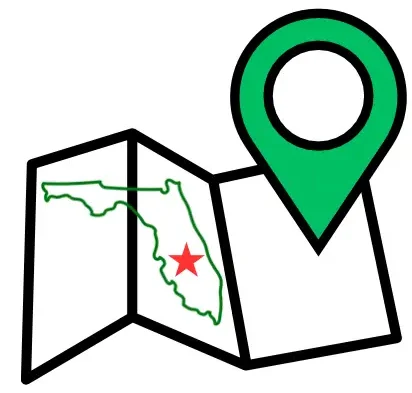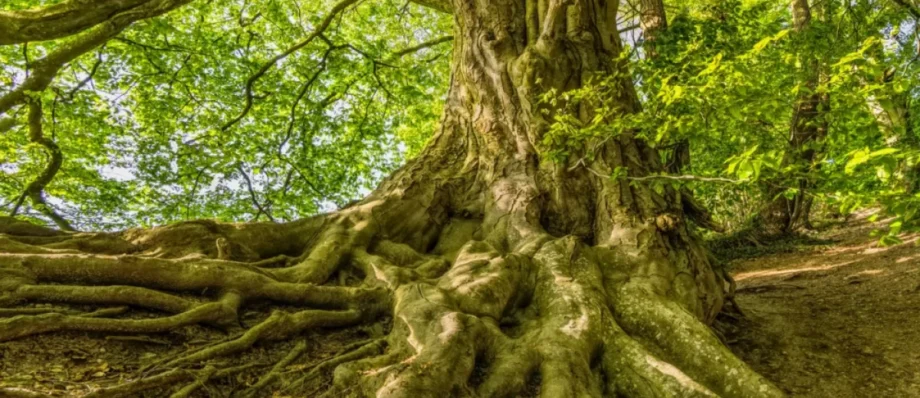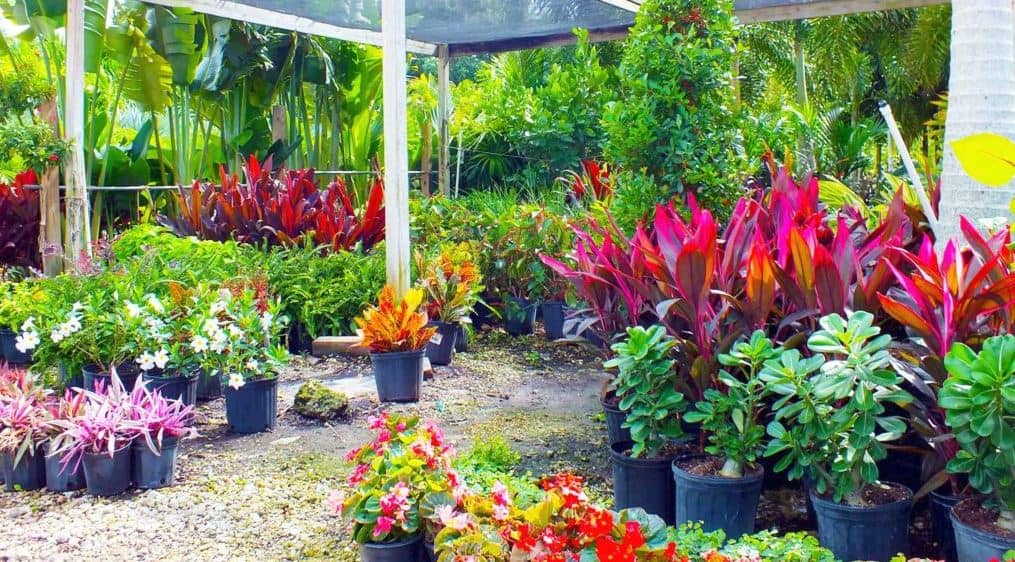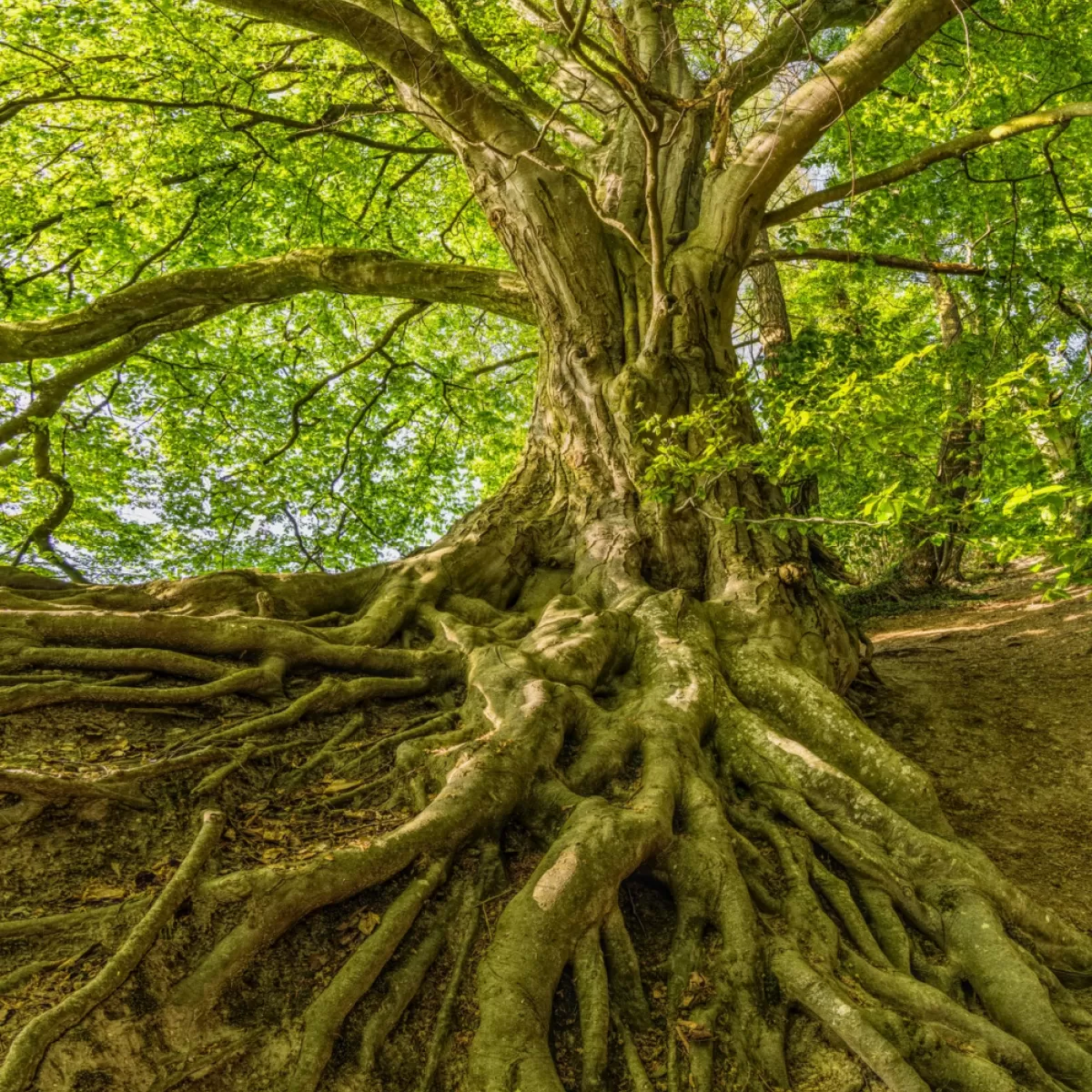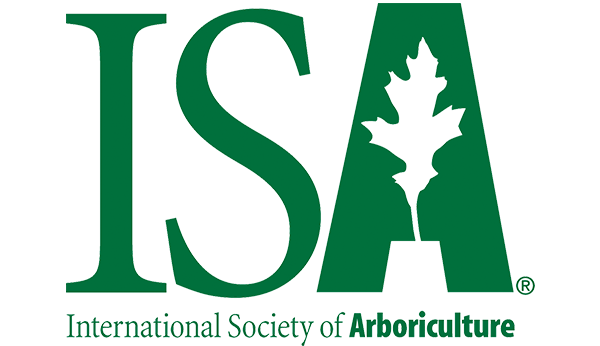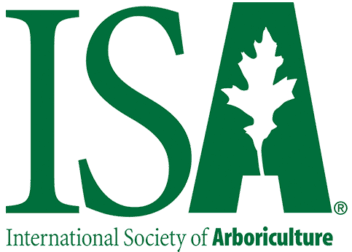In Florida, tree care laws involve a combination of state statutes, local ordinances, and common law principles. Here’s an overview of key aspects:
- May 12, 2025
- Arborist
- 1 mins read
1. Tree Ownership and Responsibility
• Tree ownership is determined by the location of the trunk. If the trunk is on your property, it’s your tree—even if branches or roots extend into a neighbor’s yard.
• You are responsible for maintaining your trees and preventing them from becoming hazardous.
⸻
2. Neighbor Disputes (Branches and Roots)
• Florida law follows the “self-help” rule:
A neighbor may trim encroaching branches or roots back to the property line, as long as it does not kill or seriously damage the tree.
• If the tree is healthy and causes no damage, the tree owner is generally not liable for branches/leaves falling onto a neighbor’s property.
⸻
3. Hazardous Trees and Liability
• If a tree is dead, diseased, or clearly dangerous, and the owner fails to take reasonable care, they can be held liable for damage or injury.
• Florida courts may consider prior warnings or complaints as proof of negligence.
⸻
4. Tree Removal Regulations
• Many cities and counties require permits to remove certain trees—especially protected or heritage trees.
• In 2019, Florida Statute 163.045 was passed:
Homeowners no longer need a permit to remove a tree if an ISA-certified arborist or licensed landscape architect determines it presents a danger to persons or property.
⸻
5. Protected Trees
• Some species and large trees are considered protected, especially in urban areas or conservation zones.
• Cutting or damaging these trees without proper permits can result in fines or legal action.
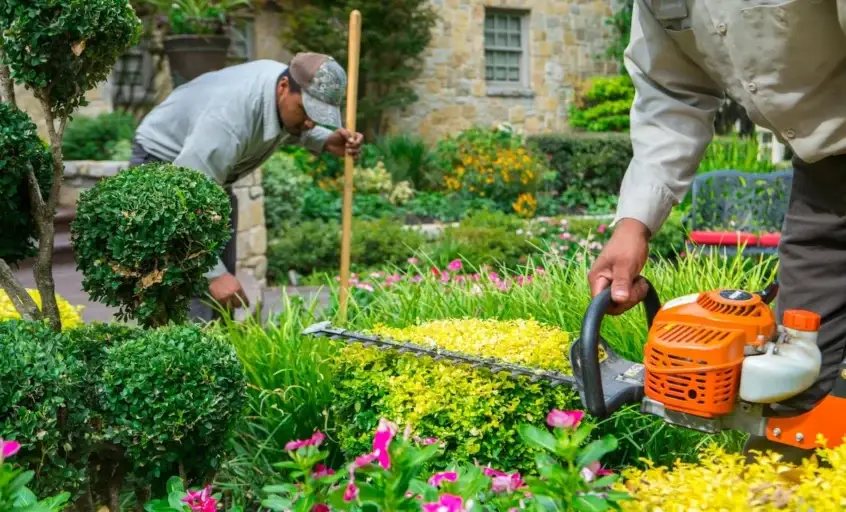
- May 12, 2025
- 0 secs read
- May 12, 2025
- 1 secs read
